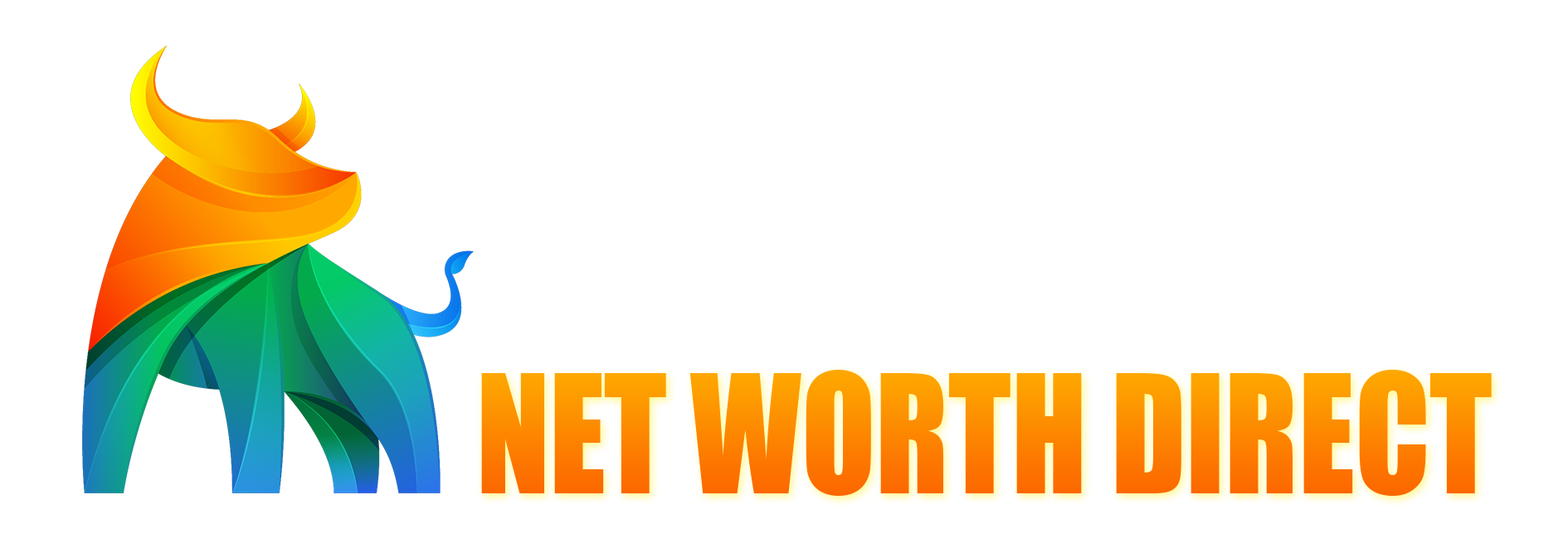Roth IRA
What is a Roth IRA and How Does it Work?
A Roth IRA is a retirement account that can give you tax-free income if you satisfy specific requirements. You can think of it as the reverse of a Traditional IRA — while the former requires pre-tax money, you'll contribute after-tax dollars with a Roth IRA. That means; you pay taxes on the money going into your account. But once you start receiving distributions, it'll be tax-free.
Yup! You guessed right! It's all about delayed gratification. With this "pay now, save later" type of account, you'll be receiving benefits exactly at your retirement. Wouldn't it be great to not worry about taxes once you reach that "age"?
And now on to the crucial part: You can set up your Roth IRA account at a bank, credit union, brokerage, or any other qualified financial institution. Banks or credit unions typically suggest putting your funds in a certificate of deposit or a savings account.
Stocks, bonds, exchange-traded funds, and mutual funds - on the other hand - are the usual investment options offered by brokerage firms. You may also invest in less traditional asset classes using a self-directed Roth IRA. Gold, cryptocurrencies, and real estate are among the daring options in the market.
Technically, you can withdraw from your IRA account anytime. But there are several exceptions to this rule. You'll owe a 10% penalty plus the regular tax rate if you withdraw earnings before the 5-year requirement as well as before you turn 59 1/2 years.
Paying taxes today will be cheaper than at retirement — this is the truth for most retirees and this should be enough reason why you should consider setting up a Roth IRA.
In this guide, we'll provide you with every detail you need so you can weigh your available options.
The Benefits and Drawbacks of Roth IRA
The Benefits of a Roth IRA
Normally with most retirement accounts, you’ll be required to withdraw RMDs at age 72. This amount must be withdrawn each year and computed based on your average life expectancy.
The rule is; if you fail to withdraw, you’ll be charged with a 50% penalty based on the amount not withdrawn. Since this will add to your income later, it can potentially increase your tax bill in retirement.
But with Roth IRA, you’ll no longer have to worry about the additional taxes nor the possible penalties associated with the RMDs.
With Roth IRA, you’ll only be paying taxes on contributions; you won’t need to worry about possible charges on investment earnings.
The Benefits of a Roth IRA
As of 2022, the contribution limit for Roth IRA is $6,000 or $7,000 (if you’re older than 50). That’s a lot lower than most IRAs. A 401(k) IRA, for instance, currently has an annual contribution limit of $20,500 or $27,000, (if you’re older than 50).
You cannot qualify for a Roth IRA if you earn above certain income limits. We’ll discuss this more in the following topic.
Who’s Eligible for a Roth IRA?
The table below shows whether you qualify for Roth IRA or not. If you earn less than the given ranges, you can contribute up to your compensation or the contribution limit, whichever is lower. Please see the complete IRS guideline here.
Income Limits for Eligibility
Filing Status | Updated Modified Adjusted Gross Income (MAGI) Range 2022 | Modified Adjusted Gross Income (MAGI) Range 2021 | Contribution |
|---|---|---|---|
Single, head of household, or married filing separately (if you didn’t live with spouse) | Less than $129,000 | Less than $125,000 | Full |
Cell | 99.5%$129,000 to less than $144,000 | $125,000 to less than $140,000 | Partial |
Cell | $144,000 or more | $140,000 or more | Not Qualified |
Married, filing a separate tax return (if you lived with spouse) | $0 | $0 | Full |
Cell | Less than $10,000 | Less than $10,000 | Partial |
Cell | $10,000 or more | $10,000 or more | Not Qualified |
Married and filing a joint tax return | Less than $204,000 | Less than $198,000 | FullPartial |
Cell | $204,000 to less than $214,000 | $198,000 to less than $208,000 | Partial |
Cell | $214,000 or more | $140,000 or more | Not Qualified |
How to Set up a Roth IRA Account
You can set up a Roth IRA account through an investment company, brokerage, or bank. Setting up an IRA account does not take much paperwork, it’s as easy as opening a checking account. Follow along these simple steps:
The financial institution you choose to open an account with is called a custodian.
As you decide, keep these questions in mind:
- What are the related fees to setting up and maintaining the account?
- Do they offer the options you want to invest in?
- Do they provide customer service via telephone or online?
You can visit your prospective custodian’s web page for Roth IRAs to begin the process. Most banks, investment companies, and brokerages offer online applications. If not, you can connect with customer service for your queries.
Make sure to prepare the following:
- Your Social Security number (SSN) and photo identification.
- Your checking or savings account number as well as your bank’s routing number.
- Your beneficiary’s name, address, and SSN.
- Your employer’s name and address (if employed).
Make sure to name your beneficiaries. This way, you can have the account passed on to your immediate family or trusted person without going through probate.
To wrap up the process, you’ll have to fill out 5305-R.Your custodian will help you set up the account, but it’ll be up to you how you want to invest your Roth. Some of the most popular options include stocks, bonds, mutual funds, and exchange-traded funds.
If you’re feeling adventurous, you can invest in sophisticated assets like gold, cryptocurrencies, and real estate using a self-directed Roth IRA. This can be a bit challenging, so we recommend you consult an advisor, especially if you’re relatively new to this.
Some banks allow monthly transfers to Roth IRA. If that’s the case, you can direct your bank to make annual contributions based on the income requirements provided by the IRS. You make contributions until the tax-filing date (April 15) of the following year.
Take note, your Roth IRA is funded with after-tax money. There’s no benefit in delaying your contribution, the sooner you fund the account, the sooner your earnings will grow.
How to Contribute to a Roth IRA
You can contribute to a Roth IRA if you have earned income and meet the income requirements. You can open a Roth IRA with most financial institutions, or through an online broker.
To contribute, you'll need to provide your name, address, Social Security number, date of birth and type of account (individual or joint). You can usually contribute up to $6,000 per year ($7,000 if you're 50 or older).
Roth IRA Investment Options
There’s more than one way to invest in a Roth IRA. Apart from typical investment options like stocks, bonds, and mutual funds, you can also buy alternative assets like precious metals, cryptocurrencies, and real estate using a self-directed Roth IRA. Each type of investment has its own set of risks and rewards.
Basic Investment Options
Stocks
If you’re looking for a little more risk in order to potentially earn higher returns, stocks might be a good option for you.
Bonds
If you want to earn periodic interest payments at a steady rate, you may invest in Bonds. They are considered less risky than stocks as they offer lower potential returns.
Mutual funds
These are a mix of stock, bonds and other money market instruments. It’s a choice for most investors because of its affordability, liquidity, and diversification features.
Alternative Investment Options
Note: You’ll need a Self-Directed Roth IRA for this!
Precious Metals
The market for precious metals moves independently from financial markets. Thus, you can use it as a hedge to provide balance in your portfolio when the market weakens.
Cryptocurrencies
Digital currency is one of the new trends today. You invest in popular options like Bitcoin and Ethereum.
Real Estate
Digital currency is one of the new trends today. You invest in popular options like Bitcoin and Ethereum.
Roth IRA vs Traditional IRA
Both Roth and Traditional IRA offer great tax benefits. However, there are several differences you need to know when determining which account would make sense for your retirement goals.
Roth IRA & Traditional IRA Comparison Chart
Features | Roth IRA | Traditional IRA |
|---|---|---|
Taxes | Earnings and withdrawals grow tax-free | Ordinary income taxes apply on withdrawals |
Tax Deductions | No | Yes, if qualified |
Contributions | After-tax dollars | Pre-tax dollars |
Updated Contribution Limits | $6,000 plus $1,000 if 50 years older | $6,000 plus $1,000 if 50 years older |
Updated Income Limits | Must not exceed certain level of income (see table on income limits) | Anyone who has taxable compensation can qualify, but tax deductions will be computed based on income limits and whether you’re covered by a workplace retirement plan |
Rules on Withdrawals | Generally, tax-free and penalty free as long as the account has been open for at least five years and the holder is beyond 59 ½ years old | Withdrawals are penalty-frere but are taxed with regular income after age 59 ½ |
Required Minimum Distributions | No | Yes, after age 72 |
If you want to enjoy tax-free distribution on your future withdrawals, then Roth IRA is the best way to go. But if your goal is to take advantage of upfront tax savings, then Traditional IRA may be the option for you. See the IRS web page for a more elaborate comparison chart.
Conclusion
Opening a Roth IRA can be a little intimidating at first. That’s why it’s always best to consult with an investment professional who can help you throughout the process.
We recommend working with an online brokerage firm for an effortless setup. You’ll want to look for a reputable broker who offers a wide variety of low-cost investment options. Of course, you’ll have to make sure they offer the type of assets you want to invest in. You may also contact a broker with a branch network near you if you’re more at ease with direct help.
Sign up for a FREE Goldco Retirement Savings Kit!
Get valuable insights into this growing area of investment.
We may receive compensation from some or all of the companies listed on our platform, but this does not solely determine our review results. Our team conducts thorough research to provide impartial reviews and prioritizes the needs of our readers.
Inside The 2024 Gold
IRA Kit You'll Learn

How You Can Instantly
Get Up To $10,000* Or More

How You Can Do It
100% Tax & Penalty Free

How You Can Protect & Grow
Your Retirement Now
PLUS... you'll also get a chance to get a 10% back in free silver with a qualified purchase.
If you are thinking about investing in gold or silver, be sure to request your FREE Kit today!
Download Our FREE 2024
Gold IRA Kit

This Kit Is 100% Free!
Including $0 Shipping & Handling
